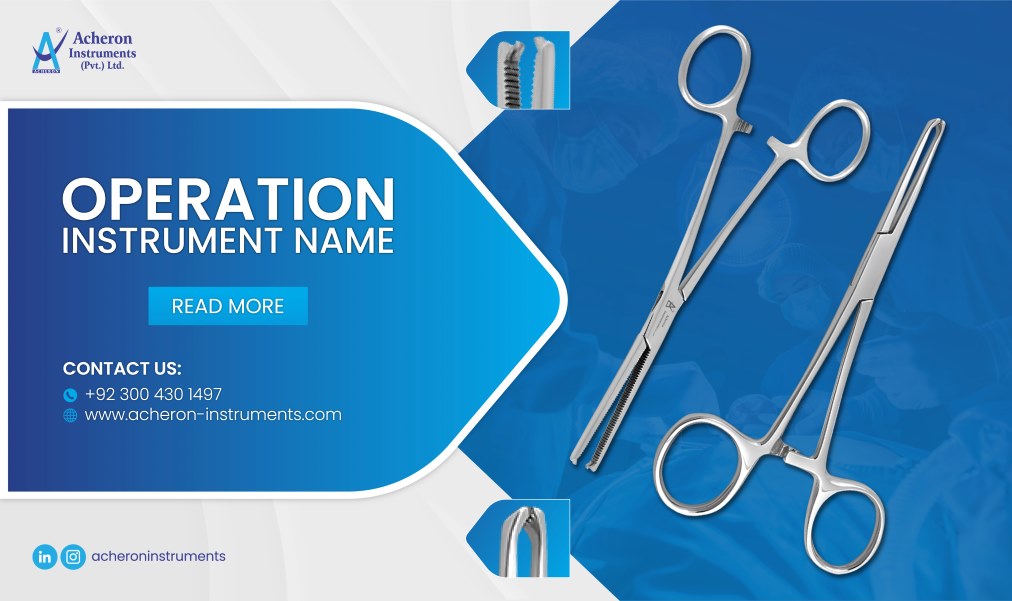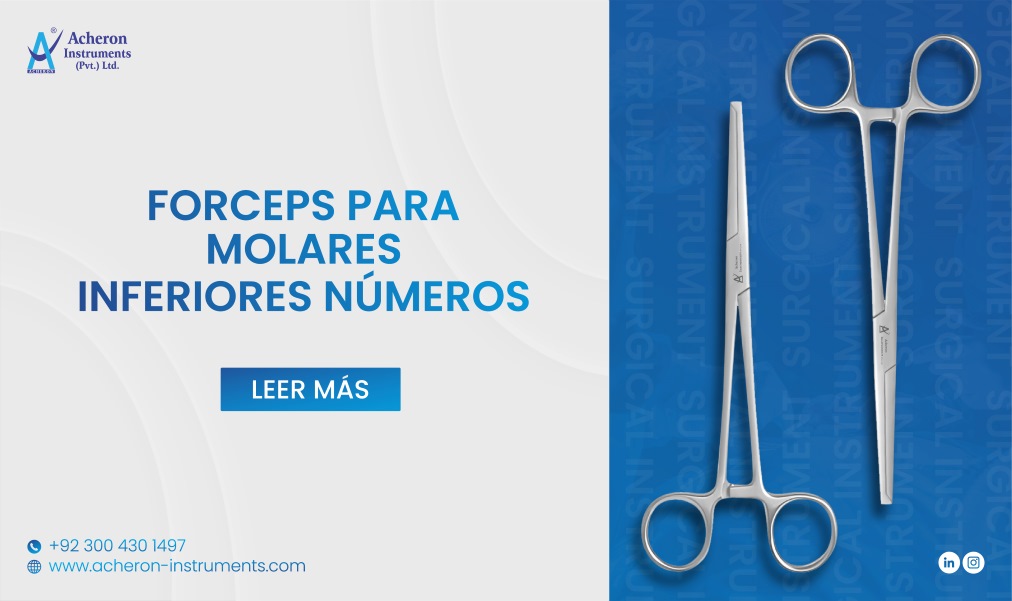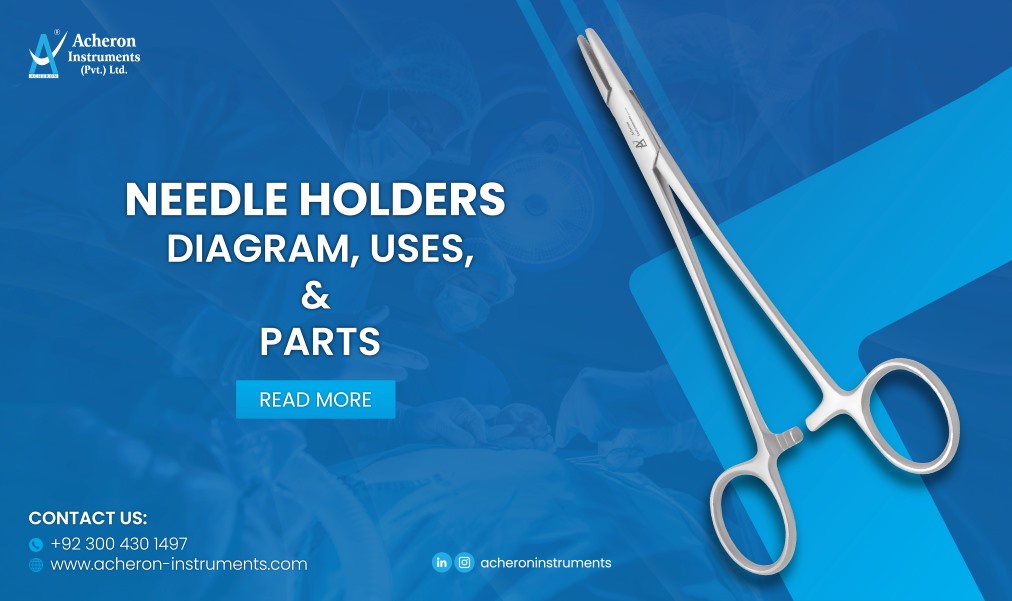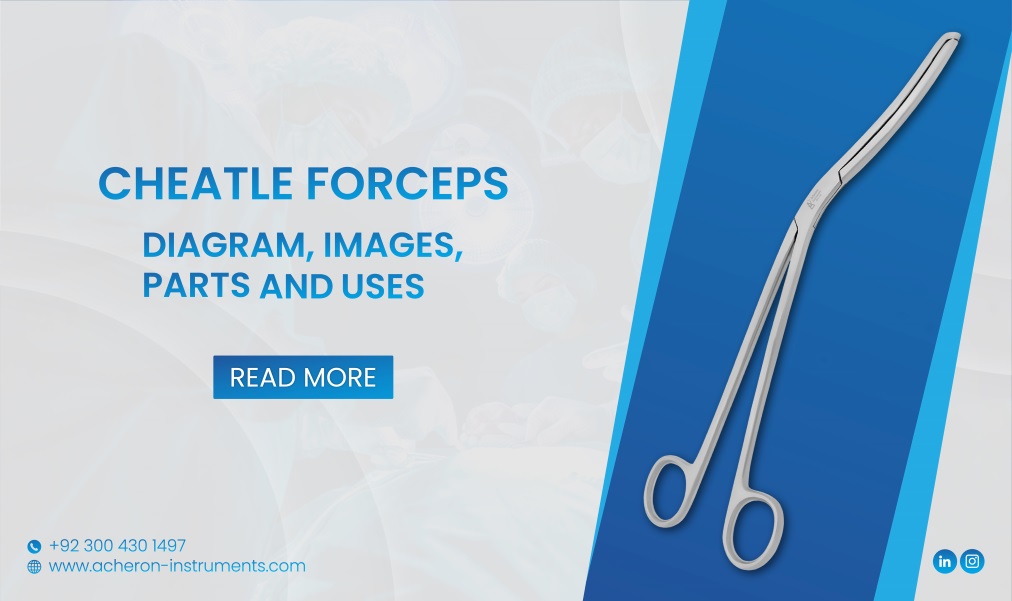Variations
Surgeons and medical practitioners can choose from a variety of surgical blades as they come in a wide range of collections. Edge, slot, and spine are the distinguishing factors of a surgical blade. Some of the most commonly used blades are:
· Number 10 blade- comprises of traditional blade shape used for cutting soft tissues and making large incisions with its large curved cutting edge
· Number 11 blade- a triangular-shaped blade that is elongated and has a sharp tip. It is greatly used for making small cuts in shallow recessed sites and stab incisions
· Number 12 blade- most commonly used as a suture cutter. It is small in size and comprises the crescent-shaped pointed blade
· Number 15 blade- ideally used for making sharp and small cuts with precision. This blade has a small and curved cutting edge.
· Number 22 blade- it is generally preferable when there is a need to make large incisions on thick skin. It is generally a larger version of blade 10 having an unsharpened and flat back edge with a curved cutting edge
· Number 24 blade- generally used in autopsy procedures and general surgery. It has a semi-circular shape and is used for making long incisions
Which surgical blades are best for your operating rooms?
Surgical blades hold prime importance and are expected to be held to the highest standards of excellence. There is a tremendous amount of sharpness required to cut through the human tissues effectively. Choosing the right kind of surgical blade is necessary as it contributes to the best possible outcome for the patients' and surgical team’s success. Surgical blades chosen by the surgeons are based on the following factors:
- Reusable and single-use blades
- Spine, Edge, and Slot
- Blade shape
- Materials
Why is there a numbering on surgical blades?
Numbering on the surgical blades can be considered as a shorthand labeling code of these tools that determine the blade’s characteristics. The number on each blade represents its shape, size, and sharpness. The numbering system on blades is dated back to Morgan Parker who assigned a number from 10-20 to surgical blades and also numbered their handles from 1-9.
Material
Scalpel blades are usually made up of stainless steel, tempered steel, or high-carbon steel. The fine material makes this tool robust and reliable.
Conclusion
Surgical blades are immensely used during surgical procedures and are available in different variations. These blades hold vital importance in the surgical field and should be chosen based on one’s surgical requirements. We have a wide range of disposable scalpels, surgical blades, and blade handles. Our team has decades of experience with medical equipment and supplies. Please contact us if you have any questions regarding supplies and the right equipment.








